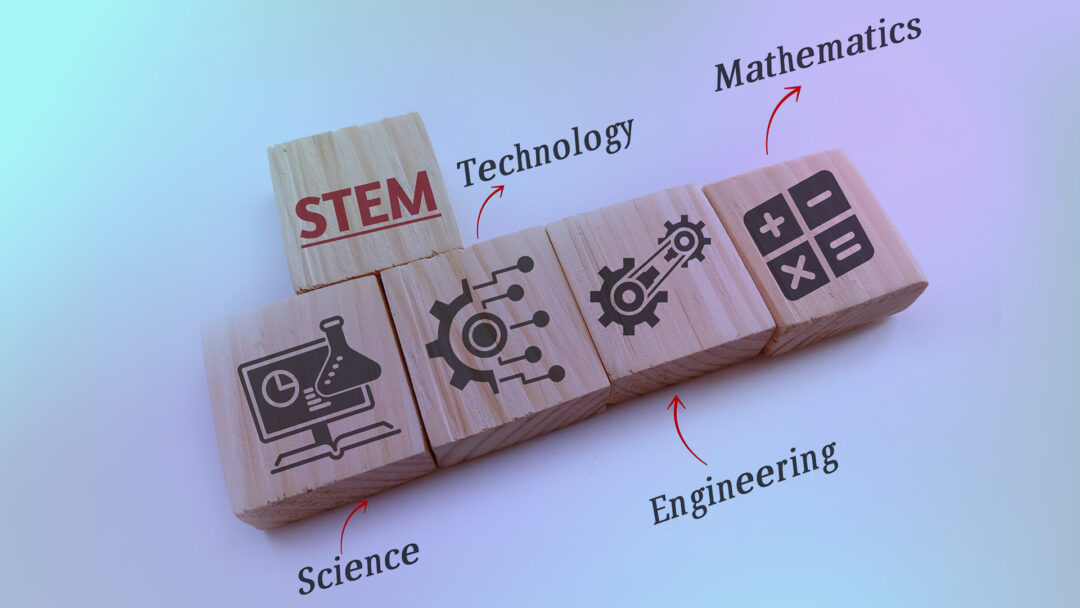The UK’s STEM (Science, Technology, Engineering, and Mathematics) skills gap is a pressing issue, impacting numerous industries and sectors. A significant shortage of skilled workers in these fields poses challenges for employers, who struggle to fill vacancies with qualified candidates. This shortage has not gone unnoticed by the government, which has launched various initiatives aimed at bridging this gap. However, despite these efforts, there remains a critical barrier to effectively addressing the STEM skills shortage: the lack of a consistent definition of what constitutes “STEM skills.”
The STEM Skills Gap: An Overview
The UK faces a notable deficit in workers possessing STEM skills, particularly in industries such as engineering, technology, and manufacturing. According to a report by the Social Market Foundation, this shortage costs the UK economy approximately £1.5 billion annually due to recruitment, temporary staffing, and additional training expenses (Rens, 2015). The Royal Academy of Engineering (RAE) estimates that the UK will need 1.8 million more engineers and technicians by 2025 to meet economic demands (RAE, 2021).
This shortage is further highlighted by the Institution of Engineering and Technology (IET), which found that 62% of employers believe the skills shortage significantly impacts their business, with 68% predicting it will worsen over the next few years (IET, 2023). The House of Commons Science and Technology Committee also identified the UK’s low level of STEM skills compared to other countries, emphasizing a high proportion of adults lacking basic digital skills (House of Commons, 2018).
Methodological Approach: The Need for a Unified Definition
To tackle the STEM skills gap, a systematic review was conducted using the PRISMA protocol, which ensures comprehensive, transparent, and replicable methodologies. This review, authored by P. Banerjee, Luke Graham, and Gemma Given, aimed to identify and analyze inconsistencies in the definitions of STEM used across various research reports, policy documents, and journal articles.
The study involved a meticulous search of multiple databases, including Google Scholar, ERIC, and Education Research Complete, focusing on research published between 2010 and 2023. This search was supplemented by known reports from previous work in the area. The review included studies conducted in the UK or relevant to the UK context, published in peer-reviewed journals, policy reports, or by learned societies and public bodies.
Findings: Inconsistencies in Defining STEM
The review revealed significant inconsistencies in how STEM is defined across different reports and studies. For instance, some studies adopt a broad definition that includes subjects like biology, chemistry, and computer science, while others use a more narrow definition focusing only on math-intensive fields such as engineering and physics.
These variations in definitions lead to conflicting interpretations of STEM skills availability, ranging from perceived shortages to an abundance of qualified workers. Such disparities hinder effective policymaking and the implementation of targeted interventions.
The Impact of Inconsistent Definitions
Inconsistent definitions of STEM subjects not only create confusion but also impede efforts to address the skills gap. For example, some research reports suggest a growing demand for STEM graduates, while others challenge the existence of a significant skills gap (Smith & White, 2020; White & Smith, 2022). This conflicting evidence makes it difficult for policymakers to develop strategies that accurately reflect the needs of the labor market.
Recommendations: Moving Towards Standardization
To address these issues, the review advocates for a standardized approach to defining STEM skills and subjects. This involves a collaborative effort among educators, policymakers, and industry leaders to develop a comprehensive and inclusive definition that reflects the current and future needs of the STEM workforce.
A consistent definition of STEM will help streamline educational and training programs, ensuring they meet the actual needs of employers and the wider community. It will also facilitate better tracking of STEM participation and career trajectories, particularly for underrepresented groups.
Conclusion
Addressing the STEM skills gap in the UK requires more than just increasing funding and promoting training programs. It necessitates a unified and clear understanding of what constitutes STEM skills. By adopting a standardized definition, stakeholders can better coordinate efforts, implement effective interventions, and ultimately close the skills gap, ensuring the UK remains competitive in the global economy.
Read the full article:
References:
- Banerjee, P., Graham, L., & Given, G. (2024). A systematic literature review identifying inconsistencies in the inclusion of subjects in research reports on STEM workforce skills in the UK. Cogent Education, 11:1, 2288736. https://doi.org/10.1080/2331186X.2023.2288736
- Rens, T. V. (2015). The skills gap: Is it a myth? Social Market Foundation. https://www.smf.co.uk/wp-content/uploads/2015/12/SMF-CAGE-Policy-Briefing-Skills-Gap-Myth-Final.pdf
- Royal Academy of Engineering. (2021). Securing the future STEM careers provision in schools and colleges in England. RAE. https://www.engineeringuk.com/media/274342/euk2535_careers_provision_report_lr.pdf
- Institution of Engineering and Technology (IET). (2023). Skills and Demand in Industry.
- House of Commons Science and Technology Committee. (2018). Digital skills crisis.


